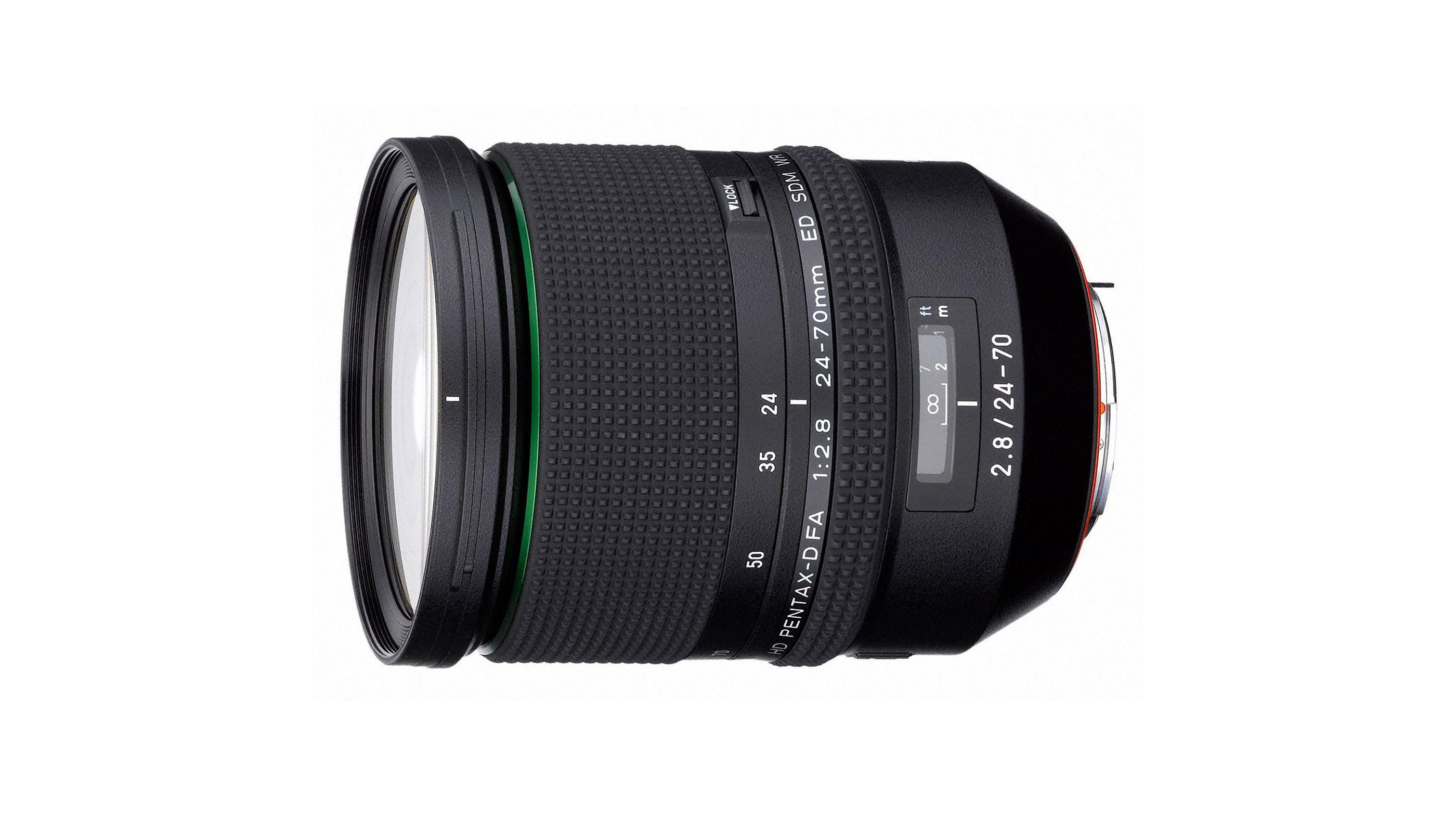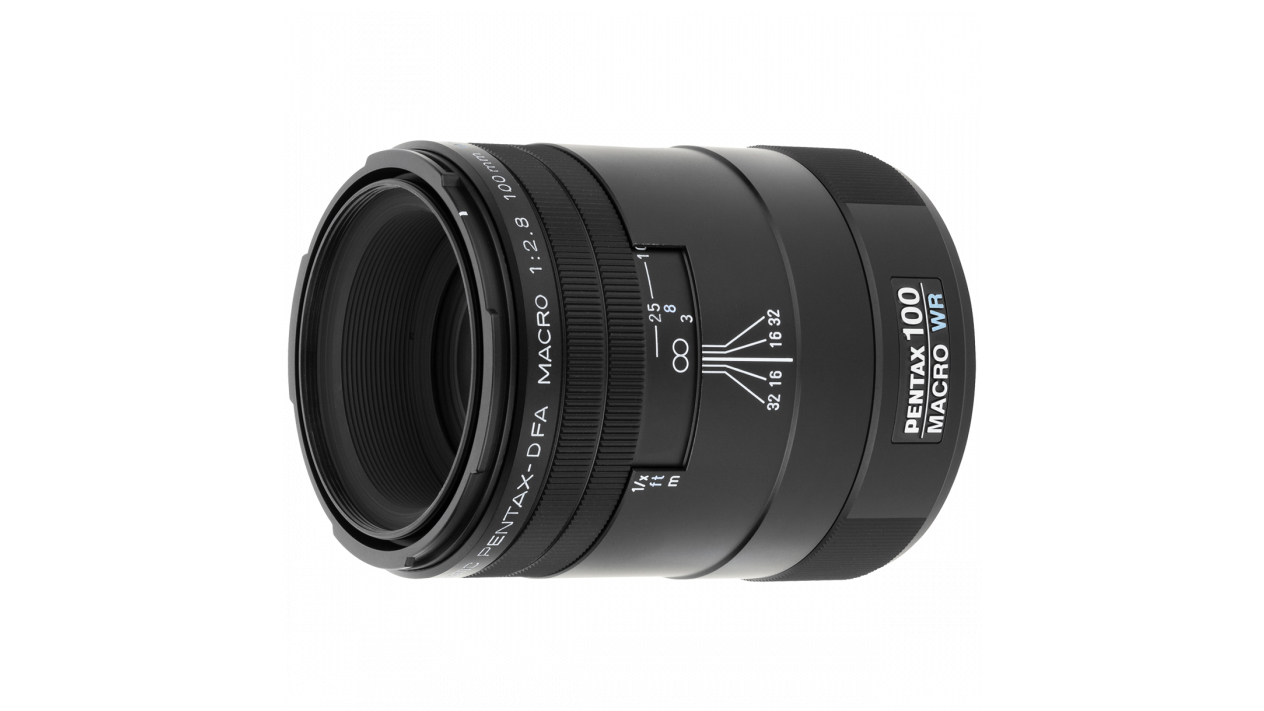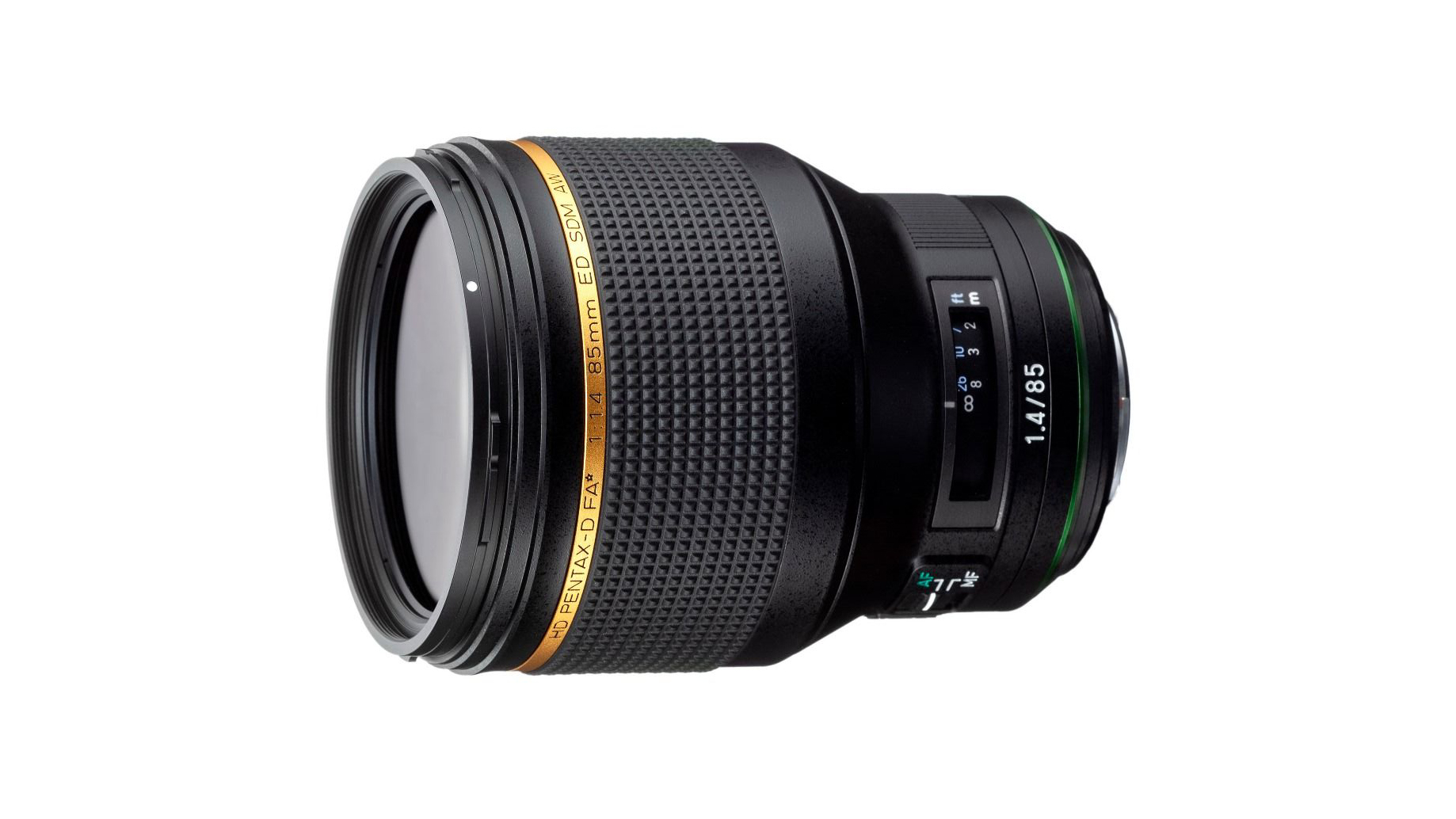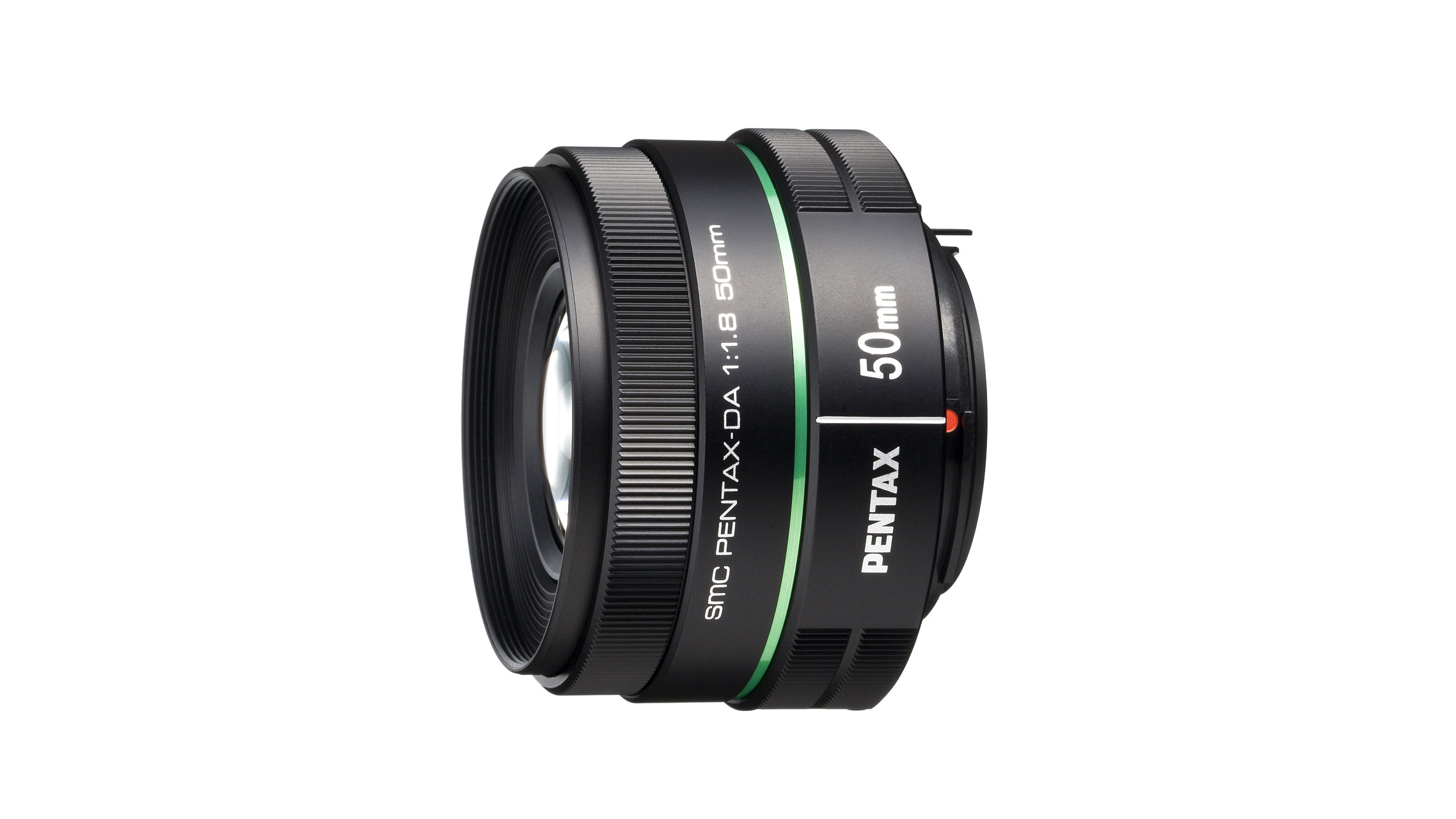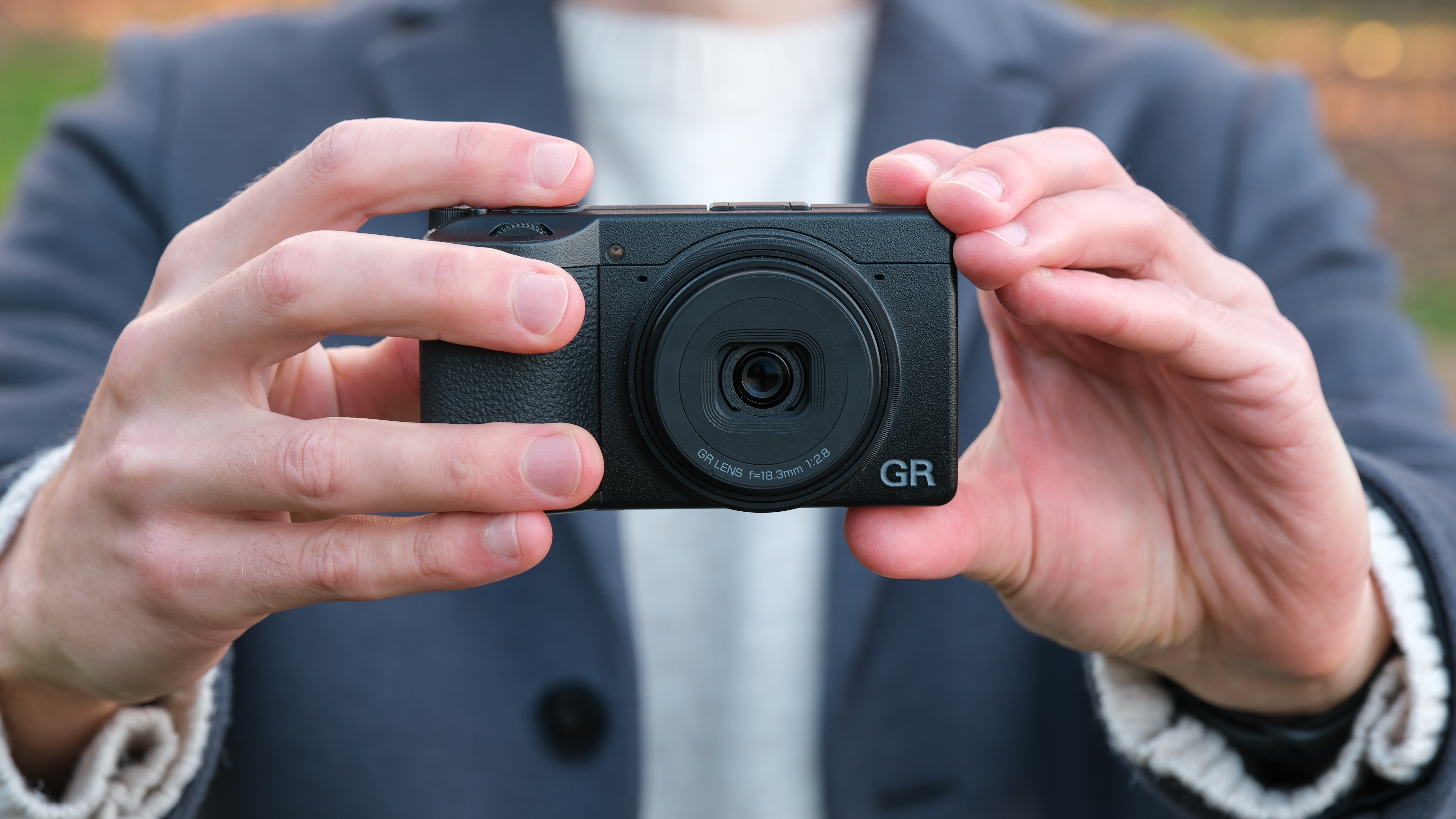The best Pentax lenses: my top lens suggestions for your Pentax DSLR
These are the best Pentax lenses to extend your DSLR system, whether you have an APS-C or full-frame Pentax camera
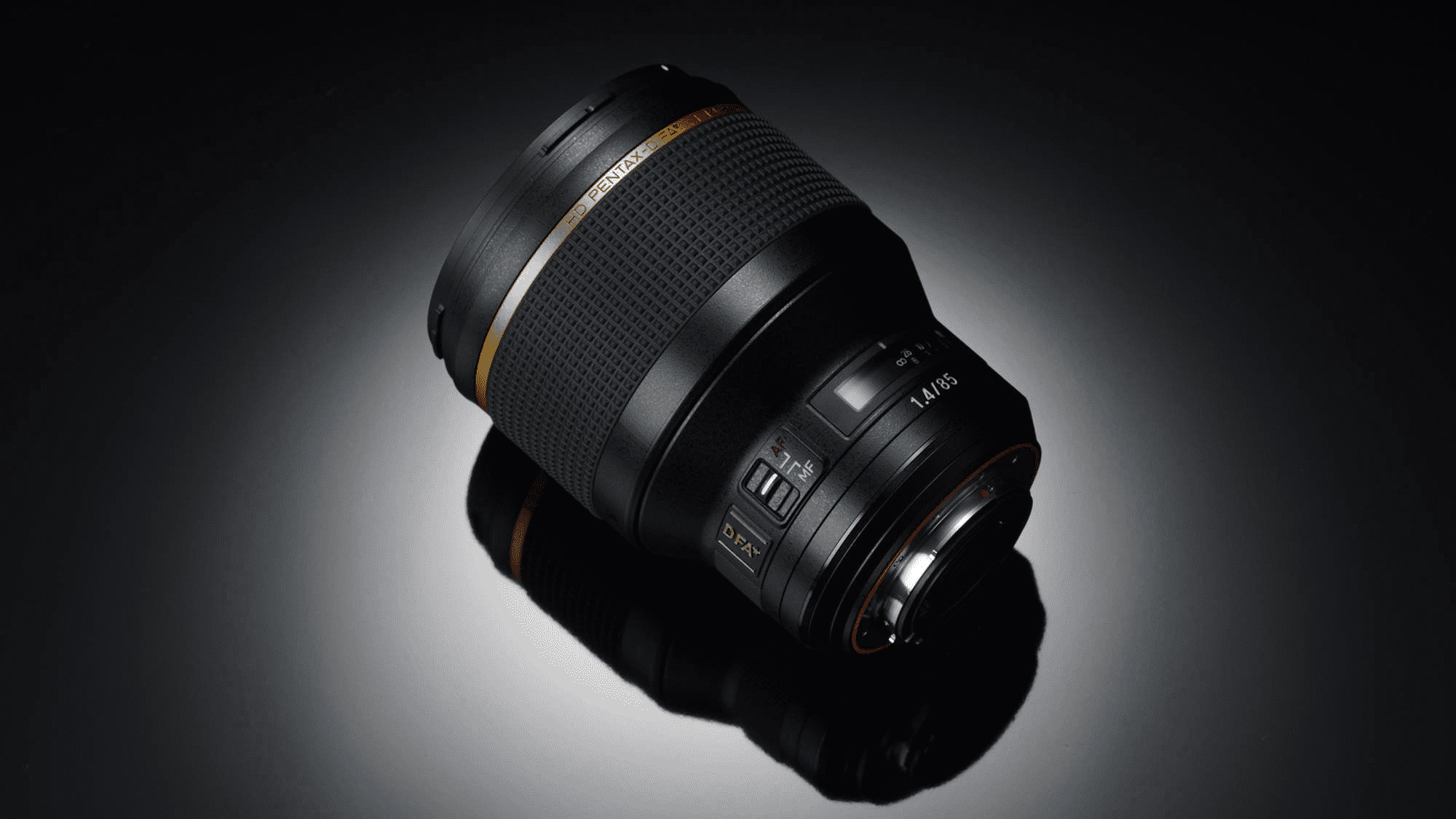
Pentax has been making K-mount lenses for a long time – almost 50 years in fact – and the best ones are very good indeed, able to rival those made by Canon, Nikon and Sony. Many current Pentax lenses have aspherical and extra-low dispersion glass elements, along with advanced coatings for superior light transmission.
Some older Pentax lenses rely on mechanical autofocus drive rather than AF motors. If you want fast and quiet autofocus as a priority, look out for acronyms like SDM (Supersonic Direct-drive Motor), DC (Direct Current motor) and PLM (Pulse Motor) in the lens names. Many also offer a handy Quick-Shift focus feature that allows manual focus override.
Some Pentax lenses have a WR (Weather-resistant) construction to guard against dust and moisture, as well as an SP (Super Protect) coating on the front element, to repel grease and water. For the ultimate in performance and durability, Pentax offers Star-series lenses, their premium build commanding premium purchase prices.
I've divided my list of lenses up into categories, with suggestions for the best telephotos, standard zooms and wide-angles, as well as lenses for specialist applications like macro and portraiture. Let's get started!
Telephoto zooms
A telephoto is usually the first ‘extra’ lens people get for their DSLRs and it's ideal for fans of wildlife and sports photography. Some of Pentax’s kit lenses for its APS-C format DSLRs actually offer pretty good telephoto reach already, like the 18-135mm zoom which gives an effective range of 27.5-207mm in full-frame terms. For action sports and wildlife photography, however, that’s likely to come up a bit short, so this is where the next three lenses come in.
Specifications
Reasons to buy
Reasons to avoid
A sublime balance of price and performance, this zoom lens for Pentax APS-C DSLRs earned a glowing write-up in our review. It's impressively lightweight for a lens with this much reach, weighing in at 442g and stowing down to just 89mm in length. This means it's small and light enough to take everywhere with you. Its resolving power impressed me when I tested it – sharpness is best around 100mm, but generally pretty good all around.
The light weight, good performance and modest cost of this lens means it's one that any Pentax user shouldn't hesitate to pick up and throw in their kit bag. It basically fulfils the function of a 70-300mm with a bit more latitude at the wide end, meaning it'll prove highly useful for walkaround photography, for sports and action, and for plenty of other applications.
Specifications
Reasons to buy
Reasons to avoid
This high-end 70-200mm f/2.8 zoom (a classic combination for pro photographers) has a star designation (*) in its name, which is usually only given to Pentax's pin-sharp, top-shelf prime lenses. Does it earn it? According to our lab results, yes (just about) – we gave the lens a thorough resolution test, and found it to deliver excellent centre sharpness throughout the zoom range. The autofocus system is swift and quiet, making use of a DC motor, and having Pentax’s ‘Quick-Shift Focus System’ is handy for moments when you want to quickly override the autofocus with manual operation.
All this sophistication does make the HD Pentax-D FA* 70-200mm f/2.8 ED DC AW a relatively expensive lens. If you're working to a budget, Pentax's cheaper HD Pentax-D FA 70-210mm F4 ED SDM WR could prove an excellent alternative.
Specifications
Reasons to buy
Reasons to avoid
It might be a big and heavy lens to cart around, but the HD PENTAX-D FA 150-450mm is a powerful enough tele-zoom to be worth a little backache. Mount it on an APS-C Pentax DSLR, and that zoom reach expands to a beefy 225-675mm equivalent, which is more than enough for wildlife, airshows, motorsport and other genres of shooting where practicality dictates a considerable distance between you and your subject.
Of course, all this reach does come with a few compromises. In our review of the lens, we subjected it to lab-controlled resolution testing, and our overall impression of its sharpness and resolving power was: good, but not great. There's also the autofocus, which is powered by a DC motor and is definitely not the fastest on the market. Still, the tough and weather-sealed construction makes it a solid outdoor performer, and that reach means it's one of the most versatile lenses in the whole Pentax stable.
Wide-angle zooms
Ultra-wide zoom lenses are great for capturing sweeping vistas in landscape photography and for shooting indoors, where space is cramped and you have little room for manoeuvre. They’re also great for exaggerating perspective in creative shooting, making close foreground objects really stand out against a rapidly receding background. Here, though, you need to choose an APS-C or a full-frame format zoom to match your camera’s sensor size. If you put a full-frame wide-angle zoom on an APS-C Pentax, you’ll lose the wide-angle effect. The Pentax DA 12-24mm f/4 ED AL IF is my top choice for APS-C cameras. It's now been discontinued so I'm not featuring it in this buying guide, but it makes a great second-hand buy.
4. HD Pentax-D FA 15-30mm f/2.8 ED SDM WR
Specifications
Reasons to buy
Reasons to avoid
Excellent for experts and professionals, this full frame wide-angle zoom completes the ‘holy trinity’ of constant-aperture f/2.8 lenses for full-frame bodies, along with the 24-70mm and 70-200mm lenses in Pentax’s line-up. Typically for this class of lens, there’s a bulbous, protruding front element which is protected by a fixed, petal-shaped hood. This precludes the easy attachment of filters, although Lee Filters markets a specialist adaptor for its SW150 Mark II series. Autofocus is fast and near-silent, driven by a Supersonic Direct-drive Motor, complete with Quick-Shift manual override. Image quality is highly impressive in all respects, with great sharpness and contrast, well-controlled distortion and good resistance to ghosting and flare.
Standard zoom upgrades
Pentax APS-C format DSLRs usually come as complete camera kits which include either an 18-50mm or 18-135mm standard zoom lens. Both are of good quality, with built-in DC autofocus motors and weather-resistant construction. However, they’re not so great in terms of aperture range, dropping from f/4-5.6 and f/3.5-5.6 across the zoom range respectively. So for quality and added versatility, we’ve picked two ‘fast’ standard zooms with a constant-aperture design, making f/2.8 available throughout the zoom range. And for a more travel-friendly option, we’ve also selected an APS-C format superzoom lens with a monster 18-300mm zoom range.
5. Pentax DA* 16-50mm f/2.8 ED AL IF SDM
Specifications
Reasons to buy
Reasons to avoid
It’s been around for a decade but this is a lens that’s designed and built to last. It’s robust with a weather-sealed construction but not overly big or heavy, making it an ideal everyday lens for use with APS-C format bodies. An SP (Super Protect) coating is applied to the front element to repel water and grease, adding to its rainy-day suitability. The SDM (Super Direct-drive Motor) autofocus system is quick and ultra-quiet, and features Quick-Shift for manual override. A bonus over most standard zoom lenses is that this one gives a noticeably wider maximum viewing angle, thanks to a minimum focal length of 16mm instead of the more usual 18mm. 2mm might not sound much but it makes a big difference. The only drawback is that image quality suffers a little at the shortest zoom setting, with noticeable barrel distortion and increased colour fringing. Even so, the relatively fast and constant f/2.8 is great to have, adding versatility for creative shooting.
6. HD Pentax-D FA 24-70mm f/2.8 ED SDM WR
Specifications
Reasons to buy
Reasons to avoid
Enthusiast and professional photographers usually prefer constant-aperture lenses, and this latest Pentax standard zoom for full-frame cameras includes three ED (Extra-low Dispersion) elements, one anomalous-dispersion element and three aspherical elements, along with HD coating. As expected, the SDM (Super Direct-drive Motor) autofocus system gives fast and whisper-quiet performance, complete with Quick-Shift manual override. Image quality is gorgeous, with superb contrast and sharpness, rich colour rendition, and smooth bokeh. Distortions and colour fringing are well-controlled, and there’s good resistance to ghosting and flare. All in all, it’s a cracker of a standard zoom.
Macro lenses
For revealing the finest levels of detail, you can’t beat a ‘true macro’ lens that delivers 1.0x or 1:1 magnification at its shortest focus distance. This replicates a small object at full life size on the image sensor. When shooting with an APS-C format body, the 1.5x crop factor further boosts the magnifying effect. Although 1.0x magnification might not sound much of a big deal, it enables an incredible degree of enlargement when viewing the resulting images on screen or in print. In the weird world of macro photography, tiny bugs can take on the appearance of alien invaders.
Specifications
Reasons to buy
Reasons to avoid
Unlike most recent macro lens designs, this Pentax lacks an internal focus mechanism, so it does extend in physical length as you focus closer. On the plus side, like other high-end Pentax lenses, this one is beautifully engineered and finished. It features an aluminum outer barrel, a comprehensive set of weather seals and an SP (Super Protection) coating on its front element to repel muck and moisture. However, it lacks a built-in autofocus motor, instead relying a noisy mechanical drive from the host camera body. Image quality is very good overall and sharpness remains excellent right to the edges of the frame when using an APS-C body. However, corner sharpness is less impressive over the larger sensor area of a full-frame body. Read our full Pentax D-FA 100mm f/2.8 Macro WR review.
Portrait lenses
Effective portraiture isn’t just about a studio setup where you have full control over the lighting and background. Often, you’ll be shooting under natural lighting in a ‘real world’ environment and, all too frequently, the backgrounds can be overly detailed or cluttered. With a focal length of around 75-85mm on a full-frame camera, and a wide aperture of f/1.4 to f/1.8, you can blur the background with a tight depth of field. The combination also enables a natural working distance between the photographer and portrait sitter. If you’re shooting with an APS-C format camera, a 50mm prime lens with a similarly wide aperture rating gives the same benefits, taking the crop factor into account.
8. HD Pentax-D FA* 85mm f/1.4ED SDM AW
Specifications
Reasons to buy
Reasons to avoid
For those using a full-frame Pentax DSLR like the K-1 for portraiture, this is the ultimate lens for you. It's expensive when compared to equivalent lenses from the likes of Canon and Nikon, but this is one impressive lens designed to to meet the highest in-house standards both for current and future Pentax DSLRs. With an ultra-fast maximum aperture of f/1.4, it sports an unusual concave front element, while there are three Super ED (Extra-low Dispersion) elements and an aspherical optical element to suppress aberrations and axial chromatic aberration. The lens has been specially designed to reduce distortion to nearly zero at a focus distance of 4 metres, making it perfect for portraiture. It's certainly a big and heavy lens, but you'll be rewarded with a state-of-the-art lens for portraits.
9. SMC Pentax-FA 77mm f/1.8 Limited
Specifications
Reasons to buy
Reasons to avoid
Pentax designed this lens specifically for portraiture and, while it lacks the 85mm focal length and f/1.4 aperture rating of most ‘portrait primes’, it still fits the bill admirably. The combination of focal length and widest available aperture enable a comfortable working distance and a depth of field that’s deep enough to keep most of the face pin-sharp, yet shallow enough to throw the background out of focus. In-focus areas within images really are super-sharp, along with great contrast and lovely colour rendition. Defocused areas look really soft and creamy, and the bokeh remains super-smooth when stopping down a little, helped by a well-rounded nine-blade aperture. Build quality is good, with a full metal jacket and built-in hood, but there’s no internal autofocus motor.
Specifications
Reasons to buy
Reasons to avoid
You might be used to portrait primes being hefty, expensive things, but this lightweight lens provides a cost-effective portraiture solution for Pentax APS-C DSLR users. Its 50mm focal length works out to 76.5mm when the crop factor is taken into account, which hits the sweet spot for flattering facial portraiture, and having an f/1.8 aperture gives you plenty of latitude for creating shallow depth of field.
In our review, we felt this lens had found a good niche. It's so lightweight that you can take it just about anywhere, and while sharpness is best in the middle of the range, a little softness at f/1.8 is no bad thing when it comes to portraits – it's an asset if anything. The lens is well-priced too, which goes to excuse some of the more basic features like its noisy, motorless autofocus system.
Lab data and comparisons
The graphs below show the comparative performance of the lenses in this guide, based on our in-house lab tests. The 24-70mm and 70-200mm f/2.8 zooms and the 100mm macro prime lenses lead the way for sharpness. Color fringing and distortions are controlled pretty well in all cases.
Scores for sharpness and color fringing are averaged from data taken across the entire image frame, from the center to the edges and corners, throughout the aperture range. For zoom lenses, the scores are also averaged from data measured at all marked focal lengths, and the same applies to distortion. Bear in mind that these average values don't fully reflect specific areas of performance. For example, a zoom lens might have noticeable barrel and pincushion distortion at its shortest and longest focal lengths respectively, which tends to average out when looking at the data overall. For more detailed graphs of each lens's performance, which give the full picture, check out the graphs in our full standalone lens reviews.
How we test lenses
Why you can trust Digital Camera World
We test lenses using both real world sample images and lab tests. Our lab tests are carried out scientifically in controlled conditions using the Imatest testing suite, which consists of custom charts and analysis software that measures resolution in line widths/picture height, a measurement widely used in lens and camera testing. We find the combination of lab and real-word testing works best, as each reveals different qualities and characteristics.
The best camera deals, reviews, product advice, and unmissable photography news, direct to your inbox!
Matthew Richards is a photographer and journalist who has spent years using and reviewing all manner of photo gear. He is Digital Camera World's principal lens reviewer – and has tested more primes and zooms than most people have had hot dinners!
His expertise with equipment doesn’t end there, though. He is also an encyclopedia when it comes to all manner of cameras, camera holsters and bags, flashguns, tripods and heads, printers, papers and inks, and just about anything imaging-related.
In an earlier life he was a broadcast engineer at the BBC, as well as a former editor of PC Guide.
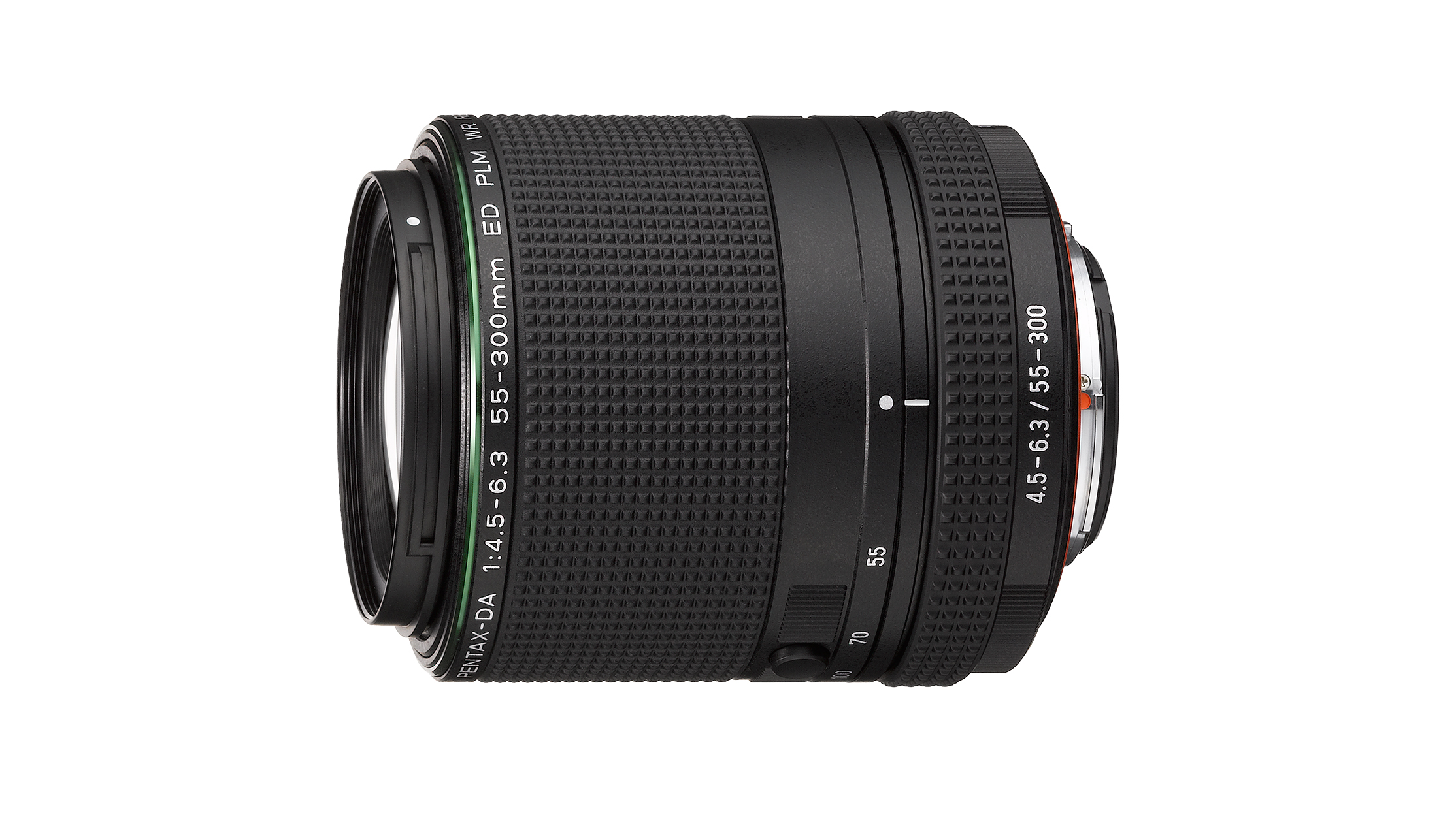
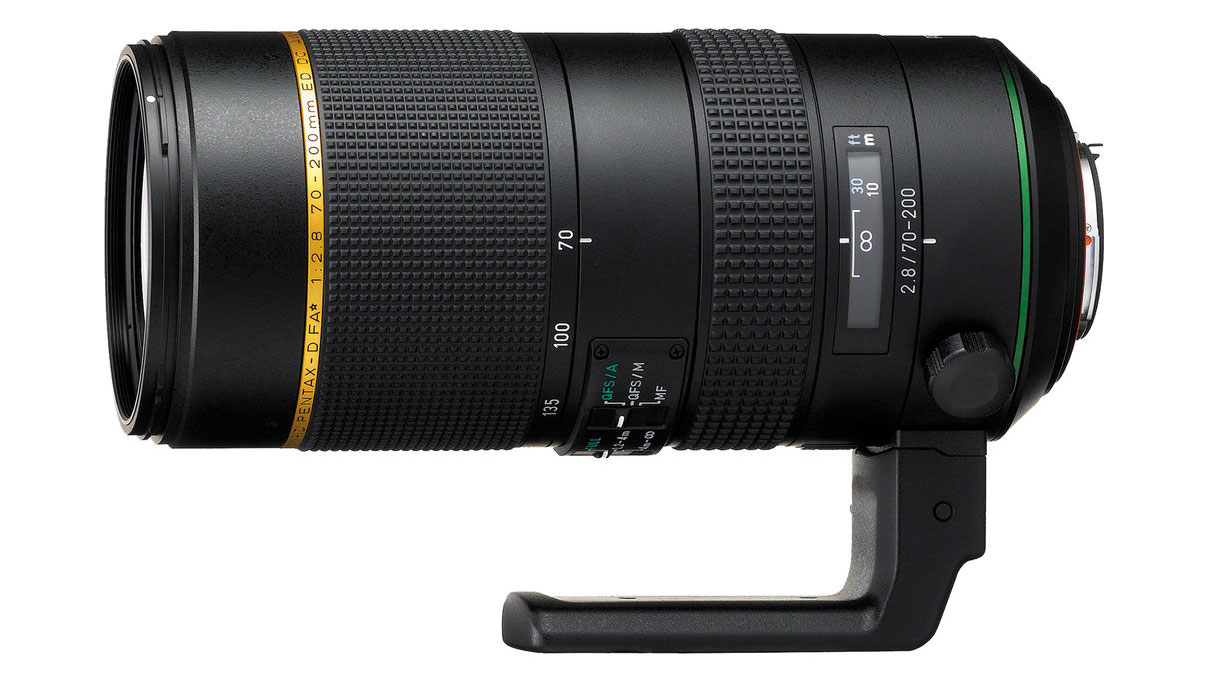
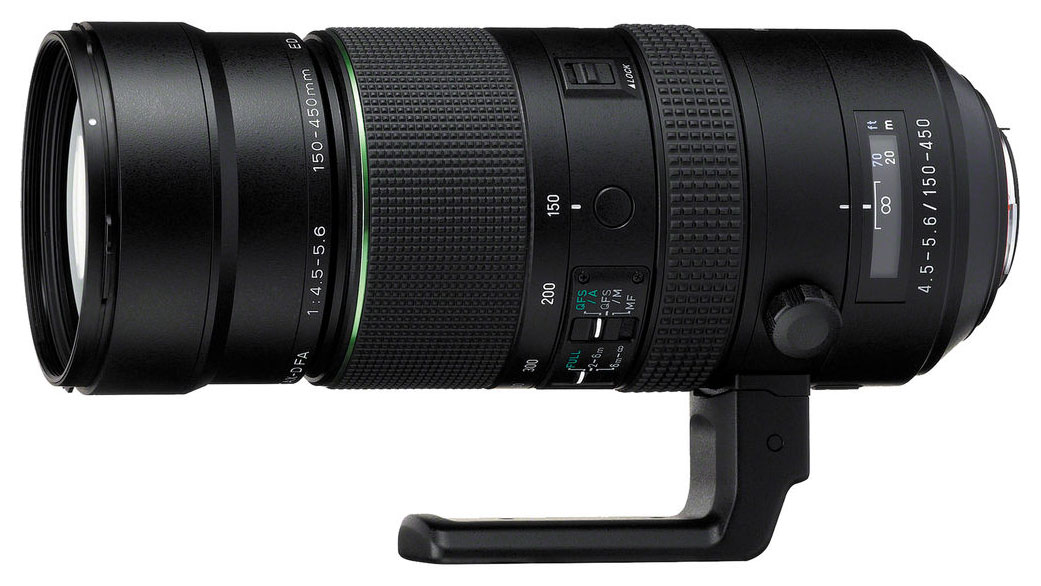
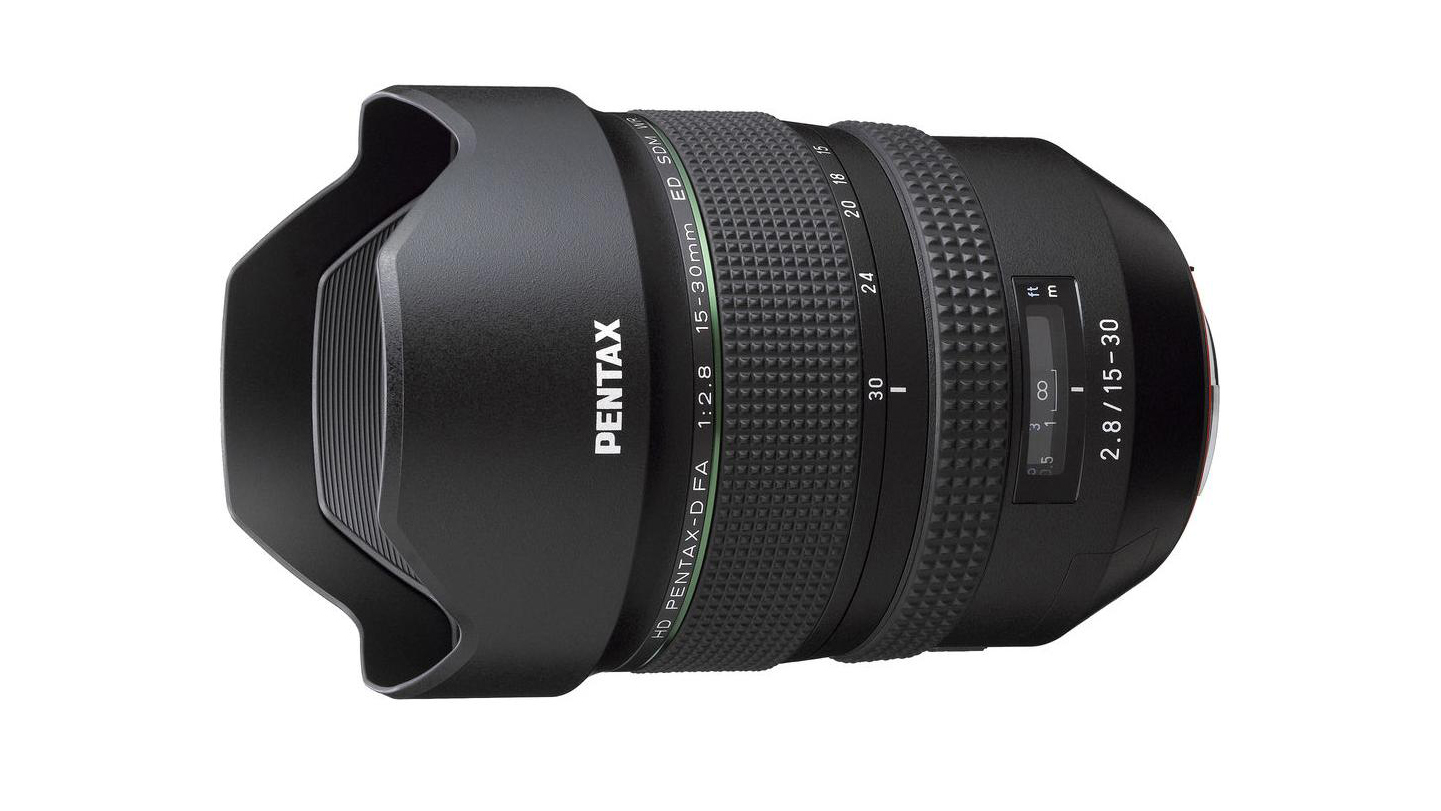
![Best Pentax lens: Pentax DA* 16-50mm f/2.8 ED AL [IF] SDM](https://cdn.mos.cms.futurecdn.net/KtEtumj73wsdWBdtjbc4S5.jpg)
